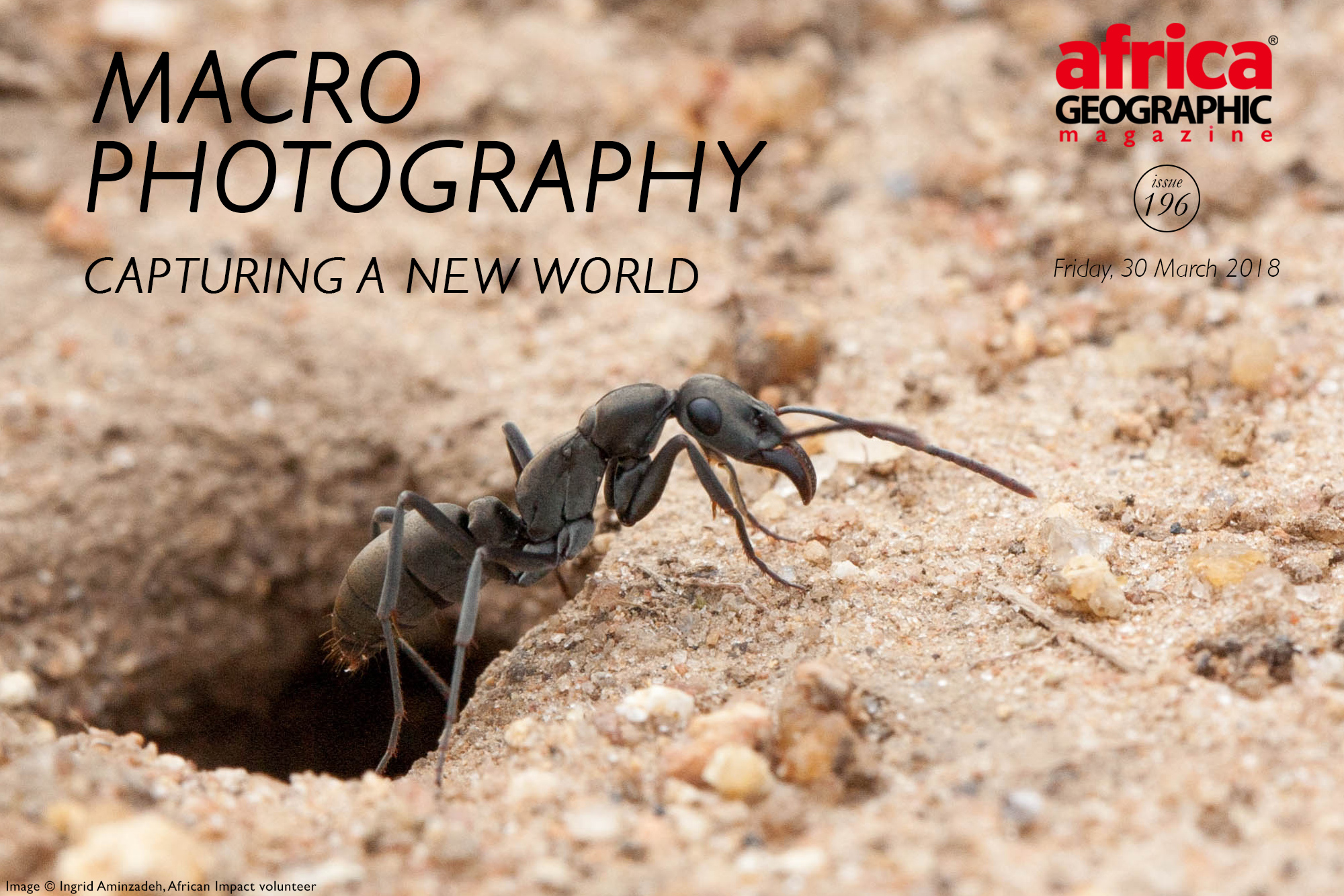
Macro photography: Zooming up on Kruger's smaller creatures


Environmental photographer and filmmaker, Sam Cox, explains his passion for teaching the art of macro photography to international volunteers through African Impact’s Wildlife Photography & Conservation programme. The programme offers volunteers the opportunity to gain practical experience in wildlife photography while helping to raise awareness of environmental and conservation issues in South Africa’s Greater Kruger area. Here, he shares with us more about the programme and showcases a selection of photos taken by his students:
“Macro is in a realm of its own when it comes to taking photos of subjects, and most of my photographers gain a huge appreciation for this genre very quickly. One of the first pieces of advice that I give my students is that it’s better to be on foot than in the confines of a game drive vehicle, as you can become more in tune with your surroundings. To be able to take your time while out on foot and notice the tiny lifeforms all around you is truly a marvellous experience!

INTRODUCING MACRO PHOTOGRAPHY
“Before their first walk, we go through a presentation detailing what macro photography is and, more importantly, the technical aspects of this genre.
“For example, the aperture is generally smaller to achieve maximum focus on the subject – a narrower depth of field often segments the subject due to the close proximity. It’s also key to understand that a low perspective is fundamental because this gives the viewer a feeling that they’ve been thrown into the world of that life form. A drastic and more personal change in perspective is what can easily elevate a simple ant from the ordinary to the extraordinary.
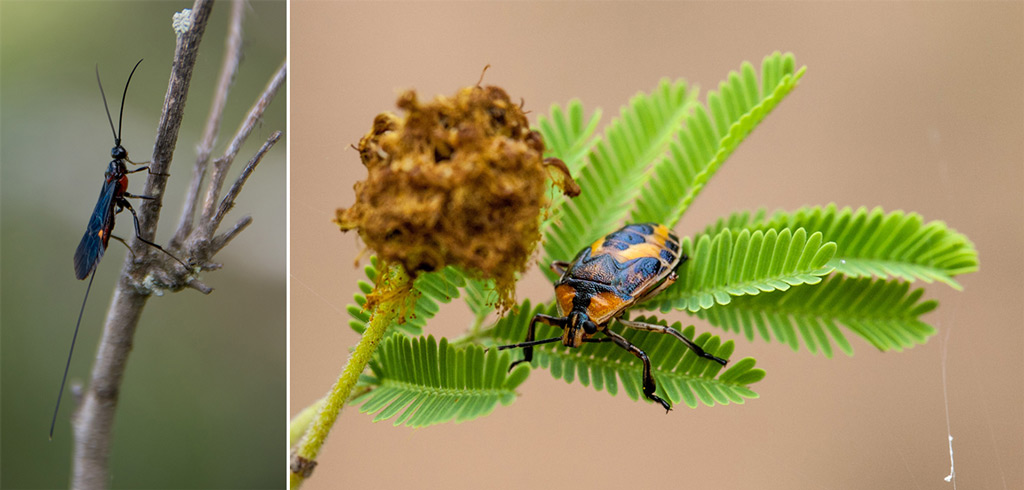
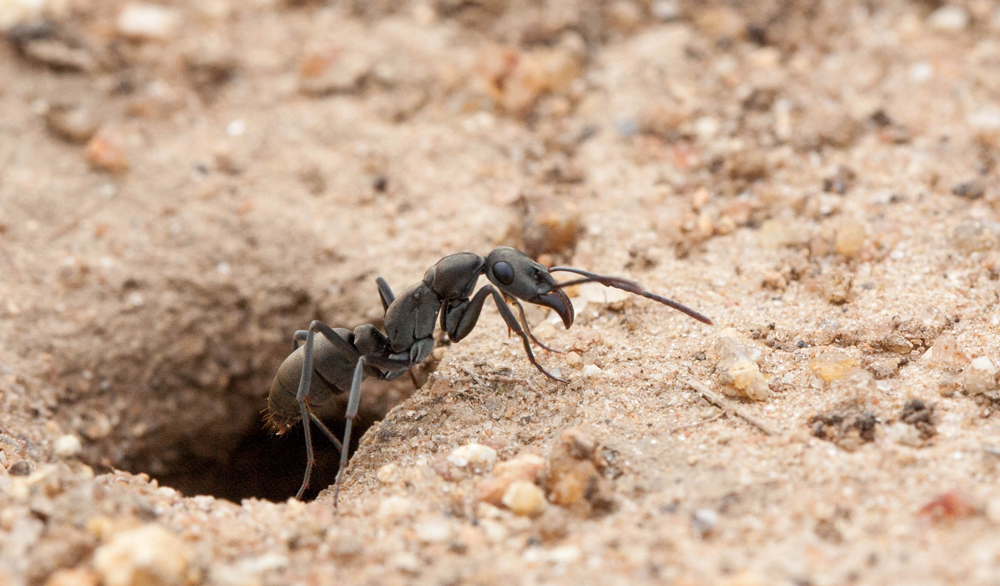
“Beyond teaching new techniques and skills, it’s essential that their photos have an impact in the world in which they’re temporarily living. The more we’re able to photograph and learn about a species, the more we can teach and advise others, such as enthusiasts, trainee guides and even local communities. Every aspect of photography on the programme is aimed at making a big statement, and despite its smaller focus, macro is no different.
“Every month, macro photography wins over a host of new enthusiasts, and it’s beautiful to see photos of dragonflies being mixed with other wildlife for critique sessions. It’s a testament to the open-mindedness of the people who volunteer with us.

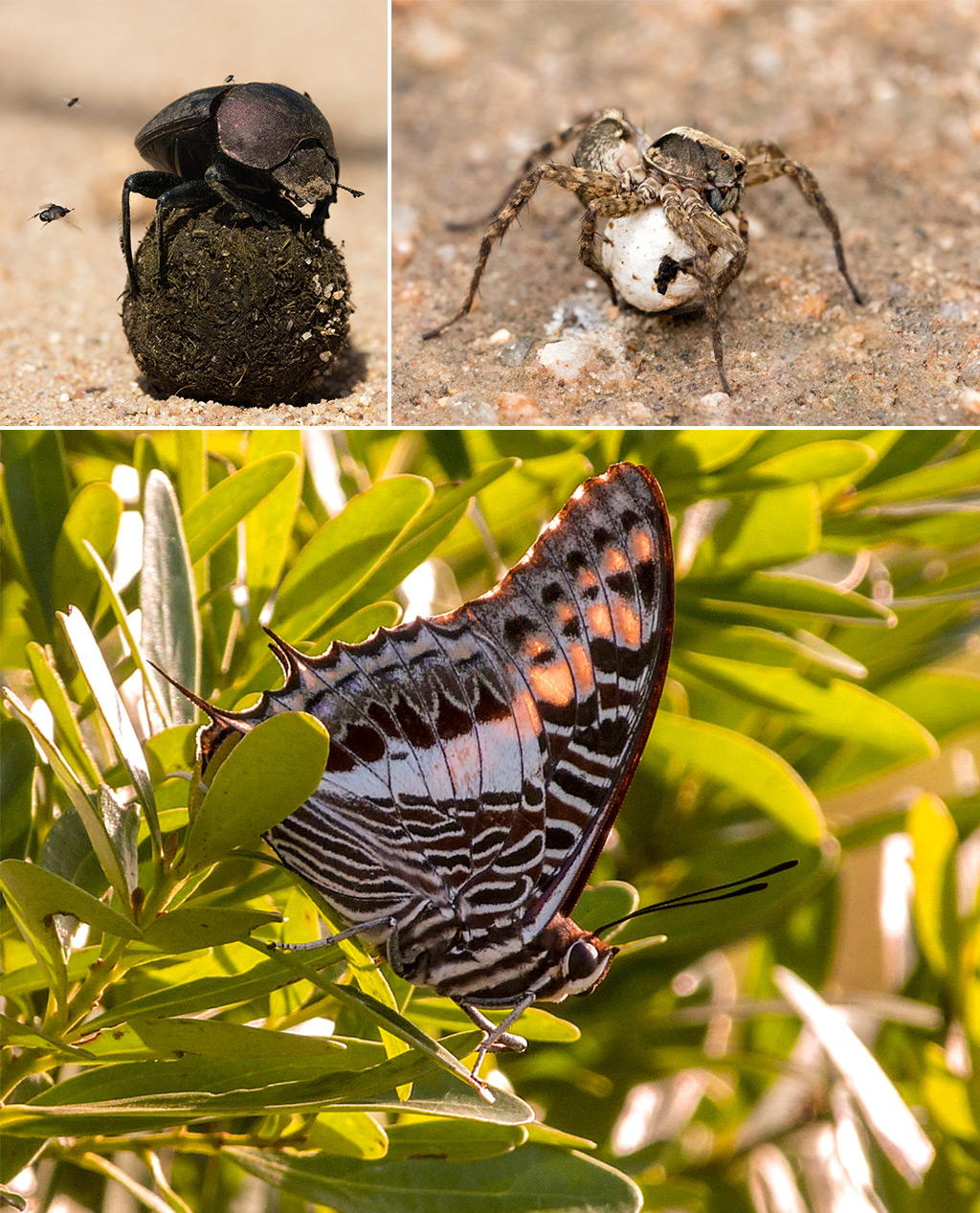
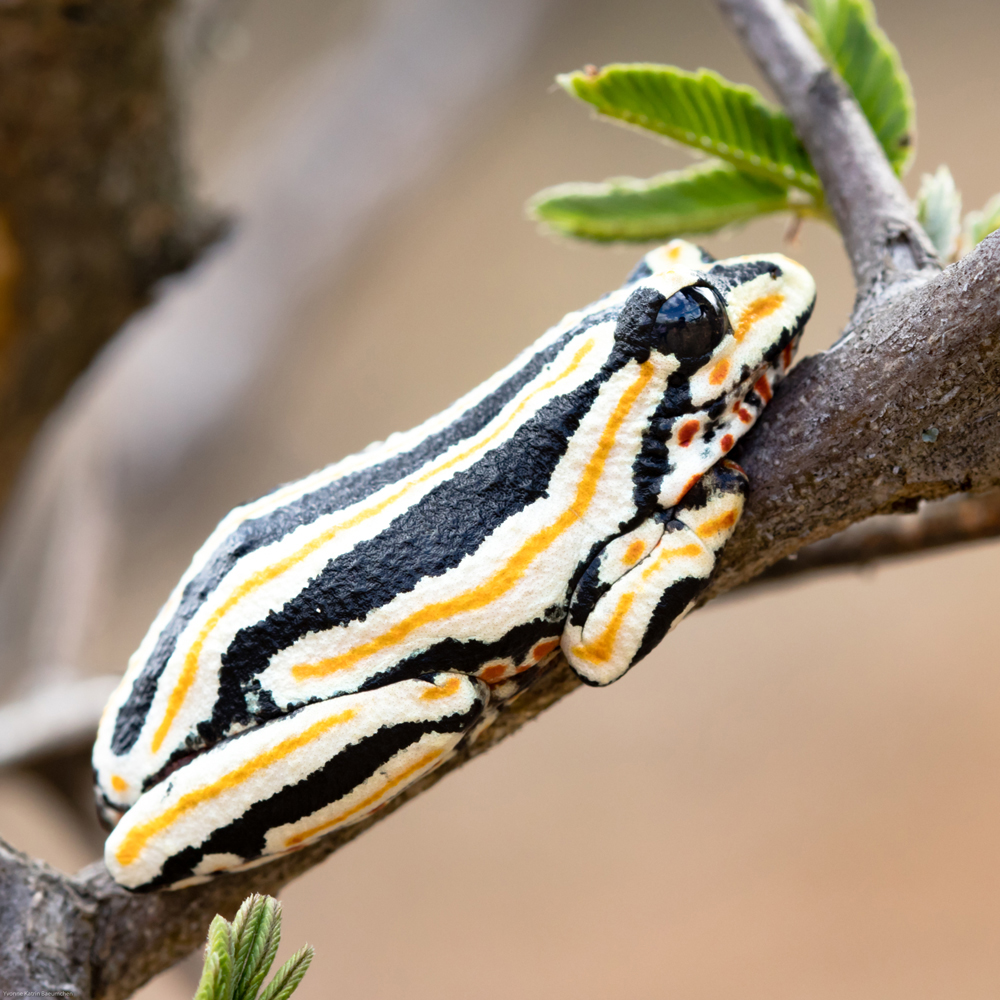
THE BIG PICTURE
“After a volunteer has completed their time in the programme, they can return home and very easily continue to apply macro photography principles to other subjects – it’s a diverse type of photography.
“The teaching of macro photography is one of the main highlights that African Impact offers its volunteers. It continually reinforces my passion for this overlooked form of wildlife photography.” ![]()
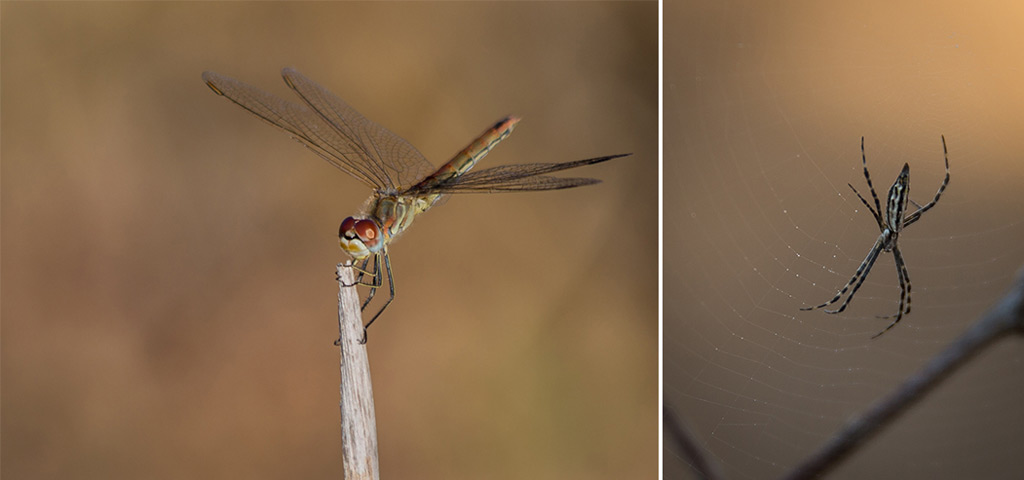
DEFINITIONS OF CAMERA SETTINGS
Shutter speed (1/320, f/2.8, ISO 100)
The shutter is a mechanism on the camera that opens (to let light in) and closes. Shutter speed refers to how long the shutter stays open. This is calibrated in fractions of a second, or seconds. For example 1/200 (one two-hundredth of a second) or 1″ (this denotes a full second).
Aperture (1/320, f/2.8, ISO 100)
Aperture is the size of the opening of the camera’s lens. A wide opening of the aperture lets more light pass through the lens to the camera’s sensor, while a smaller aperture lets in less light.
Aperture is measured in f-stops (focal ratio). The lower the f-stop, the wider the aperture, for example, f/1.8 (wide), f/22 (narrow). For macro photography, a narrow opening (higher f-stop) is usually used.
ISO (1/320, f/2.8, ISO 100)
The ISO determines the camera’s sensitivity to light. A low ISO (for example, ISO 100) means that the camera isn’t very sensitive to light – perfect for taking photos during the day. A high ISO (for example, ISO 3200) increases light sensitivity – this is ideal for taking photos in low light.

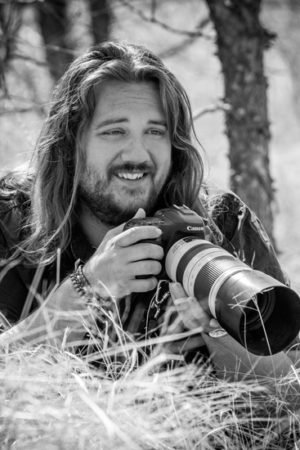 Sam Cox originally studied filmmaking, earning a BA Honours degree in filmmaking before moving his sights onto photography. Travelling to Africa since 1999, his passion for wildlife quickly drew him to focus on photographing the diverse wildlife the continent has to offer and has seen his images published online with National Geographic and Africa Geographic, with printed publications in Travel Africa Magazine and BBC Wildlife Magazine.
Sam Cox originally studied filmmaking, earning a BA Honours degree in filmmaking before moving his sights onto photography. Travelling to Africa since 1999, his passion for wildlife quickly drew him to focus on photographing the diverse wildlife the continent has to offer and has seen his images published online with National Geographic and Africa Geographic, with printed publications in Travel Africa Magazine and BBC Wildlife Magazine.
Wanting to put aside work photographing weddings and events in the UK for a life and career in Africa, he dipped his toes into the water by volunteering with African Impact in Zimbabwe and South Africa – using his camera skills to aid in conservation efforts. Since then, he has joined the team at African Impact in the Greater Kruger National Park as the Photography Coordinator, teaching wildlife photography to international volunteers while also contributing to conservation and local community-based projects.
To comment on this story: Login (or sign up) to our app here - it's a troll-free safe place 🙂.![]()




